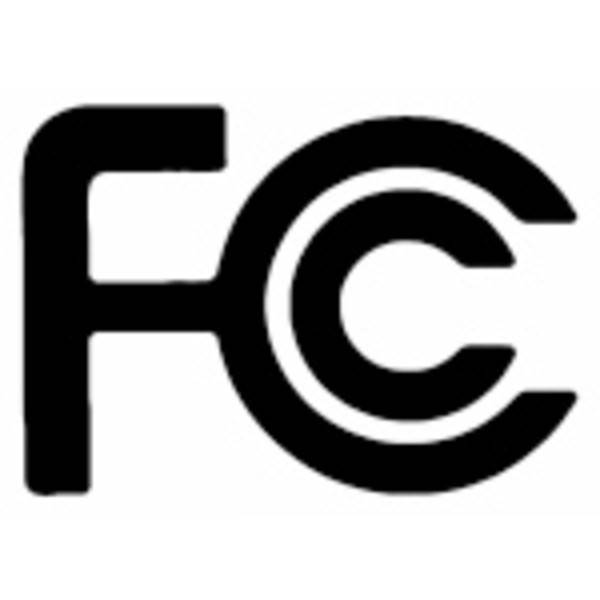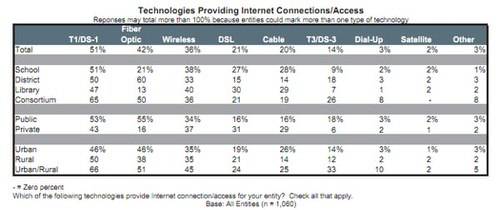The FCC has released a report on the state of broadband connectivity at those schools and libraries that receive funds from the federal E-rate program. The E-rate program provides more than $2.25 billion in funding annually in order to offer discounts for schools and libraries so that they can obtain affordable telecommunications services and Internet access.

The report is based on data from a survey conducted in 2010 that looks at broadband usage in schools and libraries. The survey found that almost all respondents have some form of broadband connection to at least one facility. Just 2% use satellite and 3% use dial-up in order to access the Internet.
Most schools and libraries that responded have Internet speeds greater than 3 Mbps (55%). 10% have speeds greater than 100 Mbps. More than half of the school districts that responded (60%) say they subscribe to a fiber optic connection. Private schools are more than twice as likely as public schools to have either cable (31% to 16%) or DSL (29% to 16%). And 66% of respondents say they provide some wireless connectivity for students, staff and library patrons.

However, nearly 80% of all survey respondents say their broadband connections do not fully meet their current needs. 55% say that slow connection speed is the primary reason their needs aren’t met. 39% says that cost of service is the major barrier to meeting their Internet needs. 27% cite installation costs as the barrier. Rural schools and libraries, in particular, struggle to provide adequate bandwidth to their users.
What Are E-Rate Recipients Using Broadband For?
Email tops the list of the most-used app by E-rate users. 98% of respondents say that’s what Internet access is regularly used for and 69% say it’s the most essential app. For libraries, online reference materials are the most important and most used app. 86% of library staff and patrons regularly use online reference materials, and 62% say it’s the most essential tool they access online.
Schools and libraries both indicate that they see usage increasing. For example, 56% of all E-rate survey respondents say they plan on expanding their usage of digital textbooks in the next 2 years, and 45% say they plan to implement or expand their use of handheld devices for educational purposes. Currently, the average student-to-computer ratio of those schools responding to the survey is 5.86 to 1.
According to the FCC, this data will help the agency make better policy decisions for the E-rate program. The FCC has made better broadband access one of its major goals.










